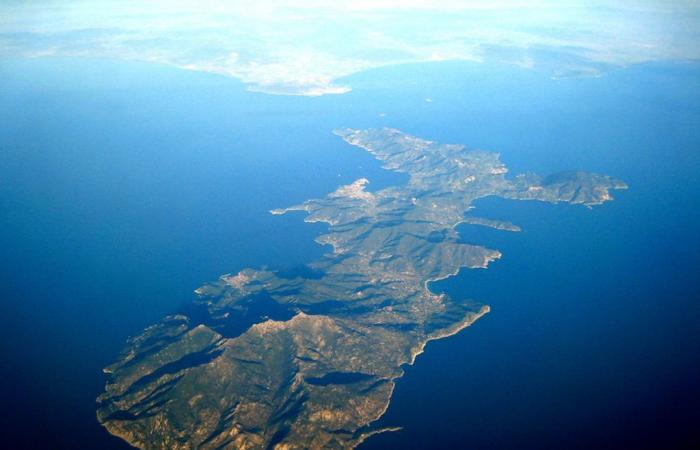
The thousands of people who, around 4.30pm today – June 20th – heard a roar along the Tuscan coast immediately thought it was an earthquake. From Versilia to Argentario, the belief spread on social media that the earthquake had originated on the Island of Elba. Descriptions of houses that shook, the rattling of windows and the fear that led people to go out into the streets. Even the institutions, at first, were alerted for an earthquake. Then the finger was pointed at the Eurofighter military base in Grosseto, believing that a jet had broken the sound barrier. The hypothesis did not hold up for long: the area in which the roar was perceived was too vast to have come from a single plane. So what was it all about?
The most plausible explanation was issued by the Tuscan Geophysical Institute-Fondazione Parsec, which cross-referenced the data with those of the INGV and the University of Florence. Reports the nation: «At 4.29pm, the seismo-acoustic station installed at the Seccheto sports field – Campo nell’Elba – recorded a very strong seismic acoustic signal». A sort of wave of energy that was released into the atmosphere, coming from the south of the island of Montecristo. «The apparent speed is approximately stable at 400 meters per second for the entire duration of the signal, and then decreases, indicating a movement away from the source». The recorded signal has an amplitude ten times greater than the events recorded previously, «so much so as to saturate the infrasonic sensors and produce a seismic signal recorded both on Elba and on the stations of the INGV national network up to the Aosta Valley », writes the Tuscan newspaper.
And therefore, it should have been a fireball, that is, a celestial body that entered the Earth’s atmosphere and disintegrated. The INGV, on its website, also traced the roar to an “event originating in the air”. The institute remarked that «the signal is evident, but it is not a seismic signal, therefore it is not an earthquake. It is not immediate to identify the origin of the signal: upon preliminary investigation the waves reveal an apparent speed (about 400 m/s) which is much lower than that typical of a wave propagating in the earth’s crust. In air, the waves travel at the speed of sound, about 340 m/s (0.34 km/s), while in rocks the speeds of P waves are a few km/s, typically 5-6 km/s in the crust and over 8 km/s in the mantle. At the moment, the most probable hypothesis is that it is an event originating in the air.”
Cover photo: Wikimedia | Mjobling



